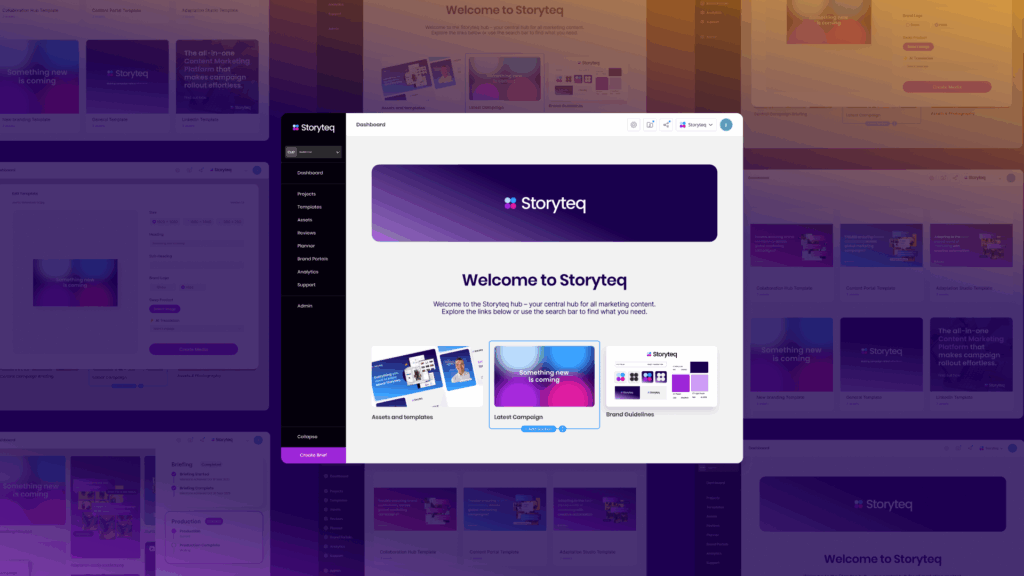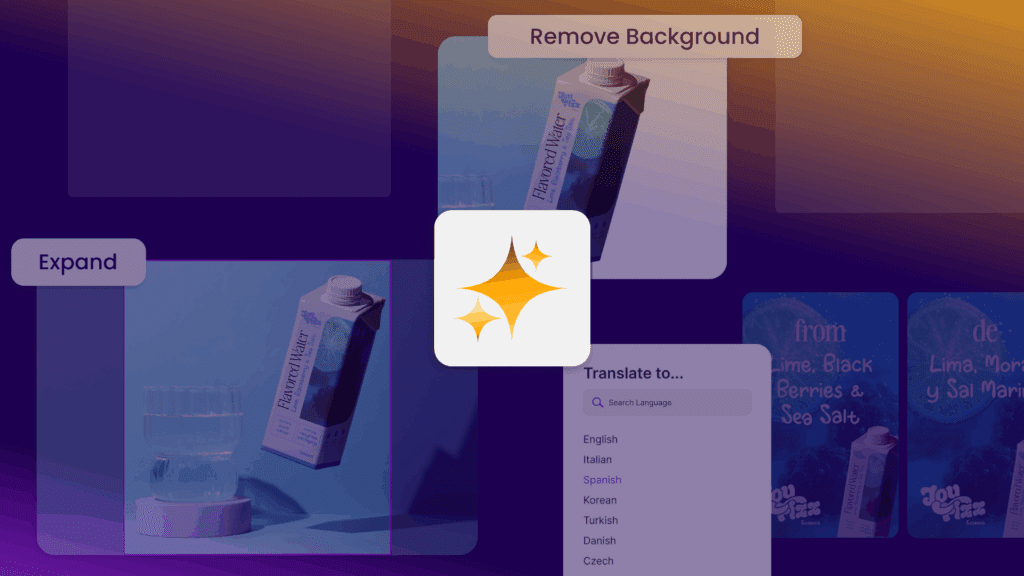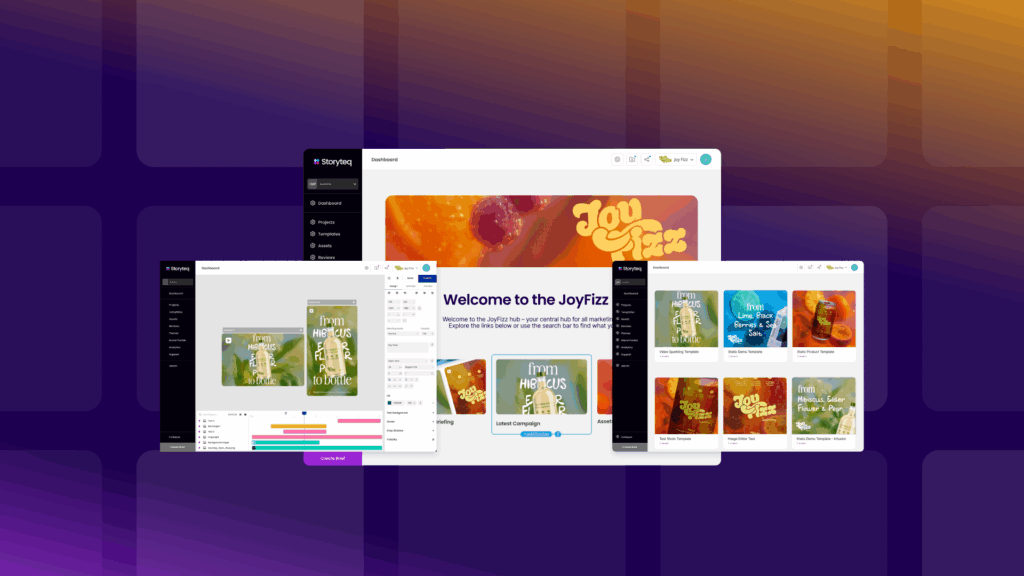AI content creation tools streamline cross-channel publishing by automating the adaptation of content for different platforms, eliminating repetitive tasks, and maintaining brand consistency across all channels. These tools enable marketers to produce and distribute personalized content at scale while significantly reducing production time. By centralizing workflows and providing unified analytics, AI solutions allow teams to focus on strategic creativity rather than technical adjustments, resulting in faster time-to-market and more efficient resource allocation across your entire content ecosystem.
What Are the Challenges of Managing Cross-Channel Publishing?
Managing content across multiple channels presents significant operational hurdles that impact both efficiency and effectiveness. The primary challenges include maintaining consistent branding across diverse platforms, managing complex approval workflows, allocating limited resources effectively, and ensuring quality control at scale.
Brand inconsistency emerges when teams work in silos, creating variations of content for different platforms without centralized guidelines. This fragmentation leads to disconnected customer experiences as your audience encounters varying messaging and visual elements across channels.
Workflow bottlenecks represent another major obstacle, particularly in the approval process. When content requires multiple stakeholders’ input before publishing, traditional email-based systems create delays and confusion about which version is final. This problem compounds when publishing simultaneously across social media, websites, email campaigns, and advertising platforms.
Resource limitations further complicate cross-channel publishing. Creative teams often spend excessive time on technical adaptations rather than strategic creativity. For example, designers might dedicate hours to manually resizing and reformatting a single campaign for Instagram, Facebook, LinkedIn, and display advertising—leaving little capacity for developing new creative concepts.
Quality control becomes increasingly difficult as content volume grows. Without automated systems, ensuring every piece maintains brand standards while meeting the technical requirements of each platform becomes a resource-intensive task prone to human error.
How Does AI Streamline Content Adaptation for Different Platforms?
AI streamlines content adaptation by automatically reformatting and optimizing assets for each platform’s specific requirements while preserving brand integrity. This technology eliminates the need for manual resizing and adjustment, transforming what was once a time-consuming process into an instant operation.
Modern AI-powered platforms can recognize visual elements within your content and intelligently adjust compositions to meet different format requirements. For instance, when adapting a landscape video advertisement for vertical social media stories, the AI identifies focal points and repositions them to maintain visual impact in the new format.
Automated resizing capabilities allow a single master creative to generate dozens of variations optimized for each channel’s specifications. What previously required hours of designer time now happens in seconds, with AI handling technical aspects like:
- Aspect ratio adjustments (square, vertical, horizontal, etc.)
- Resolution optimization for different devices
- Text repositioning and scaling for readability
- File format conversions (JPEG, PNG, MP4, etc.)
- File size optimization for platform requirements
Beyond basic formatting, advanced AI tools can analyze the context of your content to suggest platform-specific enhancements. They might recommend shorter text for Twitter, different color saturation for Instagram, or simplified messaging for display ads—all while maintaining brand guidelines.
The automation of these technical adaptations frees creative teams to focus on developing compelling concepts rather than spending hours on repetitive production tasks. This shift allows for more experimentation and strategic thinking, ultimately improving the quality and effectiveness of your marketing campaigns.
What Role Does Automation Play in Cross-Channel Publishing Workflows?
Automation transforms cross-channel publishing workflows by eliminating repetitive tasks, enabling simultaneous distribution, and centralizing approval processes. This systematic approach reduces manual intervention points where errors typically occur and accelerates the entire content lifecycle from creation to publication.
At the workflow level, automation connects previously disconnected stages of content production. Template-based systems allow marketers to generate multiple variations of content while maintaining brand standards. For example, a single product announcement can automatically spawn social media posts, email content, website banners, and digital ads—all formatted appropriately for each channel.
Simultaneous publishing becomes possible when automation handles the technical delivery requirements for each platform. Rather than manually uploading content to each channel separately, teams can schedule coordinated releases across all platforms from a centralized dashboard, ensuring campaign consistency and timing precision.
Approval workflows benefit significantly from automation. Digital review systems replace email chains and meeting discussions with structured feedback processes where:
- Stakeholders receive automatic notifications when content needs review
- Comments are captured in context directly on the content
- Version history tracks all changes and approvals
- Final approvals trigger automatic distribution to selected channels
By reducing manual handoffs between team members and systems, automated workflows minimize both production time and error potential. This efficiency allows marketing teams to respond more quickly to market opportunities and adjust campaigns based on real-time performance data.
The integration of various marketing tools through APIs and connectors further streamlines workflows, creating seamless connections between content creation, digital asset management, and distribution platforms. This technical infrastructure eliminates the need to download and re-upload assets between systems, maintaining file integrity throughout the process.
How Can Brands Maintain Consistency While Scaling Content Production?
Brands can maintain consistency while scaling content production by implementing template-based systems with built-in brand guidelines, establishing automated quality control processes, and centralizing asset management. These approaches ensure visual identity and messaging remain cohesive even as content volume increases dramatically.
Template-based creation forms the foundation of consistent scaled production. By developing master templates with locked brand elements and editable content zones, organizations enable wider teams to produce materials that automatically adhere to brand standards. This democratization of content creation allows subject matter experts to generate materials without risking brand dilution.
Brand governance becomes embedded in the content creation process rather than applied as an afterthought. AI-powered systems can automatically flag potential brand violations before publication, checking elements like:
- Color usage against approved brand palettes
- Typography compliance with brand standards
- Logo placement and clear space requirements
- Tone and messaging alignment with brand voice
- Regulatory compliance for regulated industries
Centralized asset management ensures that all teams access the most current approved materials. When brand assets update, these changes propagate automatically to all templates and future content, eliminating outdated asset usage that often causes inconsistency during scaling efforts.
Localization presents particular challenges for maintaining brand consistency at scale. AI-powered tools help by allowing controlled variation within brand parameters—enabling translation, cultural adaptation, and market-specific messaging while preserving core brand elements. This balanced approach ensures global consistency with local relevance.
By building consistency safeguards into the production process itself, brands can confidently scale content volume without corresponding increases in quality control resources or risks to brand integrity. This systematic approach creates a foundation for sustainable content scaling that maintains the coherent customer experience essential for brand building.
What Benefits Do Integrated Analytics Offer for Cross-Channel Content?
Integrated analytics provide unified performance insights across all channels, enabling data-driven optimization of content strategy and more effective resource allocation. By connecting metrics from diverse platforms into a single view, these analytics systems reveal patterns and opportunities that remain hidden when examining channels in isolation.
The primary advantage of integrated analytics is the ability to track customer journeys across multiple touchpoints. Rather than seeing siloed performance data from each platform separately, marketers gain visibility into how content performs throughout the entire customer experience. This comprehensive view reveals which content sequences drive desired outcomes and which create friction or drop-off points.
Cross-channel attribution becomes possible with integrated analytics, allowing teams to understand which content elements and platforms contribute most effectively to conversion goals. This insight helps shift resources toward high-performing channels and content types, optimizing both budget allocation and creative focus.
Performance comparisons across channels provide valuable creative insights. When the same campaign concept shows different engagement levels across platforms, these variations help identify platform-specific optimization opportunities. For example, if video content performs exceptionally well on Instagram but poorly on LinkedIn, teams can adapt future content approach for each platform accordingly.
Content lifecycle analysis reveals how performance evolves over time across different channels. Some platforms may show quick engagement but rapid decay, while others build momentum more slowly but sustain interest longer. Understanding these patterns helps determine optimal content refreshment schedules for each channel.
The automation of analytics collection and reporting saves significant time compared to manual aggregation of metrics from multiple platforms. This efficiency allows teams to focus on interpreting insights and implementing improvements rather than compiling data.
When combined with AI-powered recommendation engines, integrated analytics can even suggest specific content optimizations based on performance patterns. These data-informed suggestions help teams continuously refine their cross-channel strategy for maximum impact.
The future of marketing lies in creating personalized, consistent experiences across all customer touchpoints. AI content creation tools make this possible by streamlining workflows, ensuring brand consistency, and providing the insights needed to continuously optimize. We understand that choosing the right platform is essential for success in today’s complex digital landscape. If you’re ready to transform your cross-channel publishing approach, learn more about our end-to-end creative marketing solutions that help global brands deliver campaigns more efficiently through automation.



